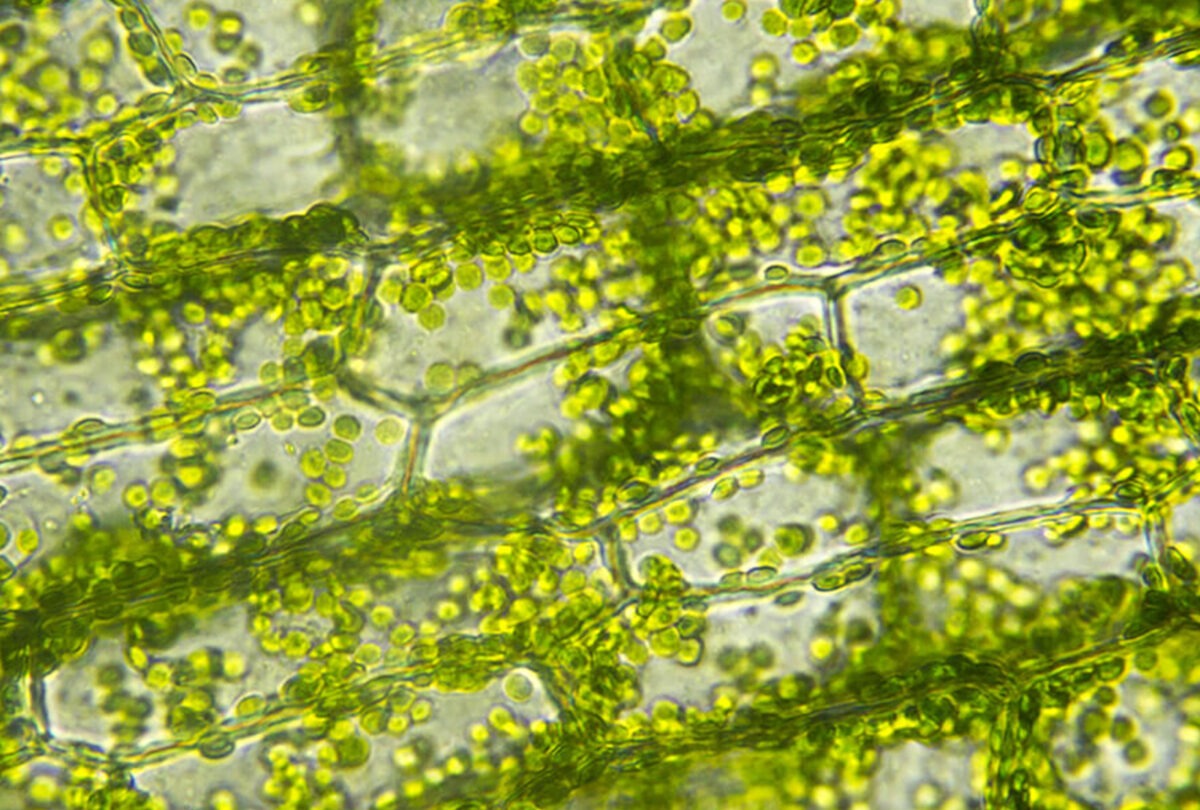Posted on October 13, 2025
Post categories: Architecture News Research

What if buildings could heal themselves like trees do? What if walls could breathe, grow, and adapt to their environment—not just as metaphors, but as living, evolving realities?
This isn’t science fiction. It’s the emerging field of Engineered Living Systems (ELiS), and students at the College of Built Environments (CBE) are helping shape what that future could look like. Through a public exhibition hosted by the ARCH 508 Research Studio, architecture students have unveiled bold, forward-thinking projects that blur the boundaries between biology and the built environment. Their designs explore the potential of Engineered Living Materials—composites that combine polymer scaffolds, synthetic biology, and living cells to create self-sustaining, adaptive systems for construction.
Led by Professor Gundula Proksch (Architecture and Landscape Architecture), the studio is part of a collaborative research effort funded by the National Science Foundation’s Emerging Frontiers in Research and Innovation (EFRI-ELiS) program. The interdisciplinary team includes Ashalkhim Nelson (UW Chemistry), Ayo Olanrewaju (UW Mechanical Engineering and Bioengineering), Hal Alper (UT Austin), and Shota Atsumi (UC Davis).
“Nature has long shown us what’s possible,” said Proksch. “Now, for the first time, we have the tools to engineer materials that behave like living systems—capable of growth, repair, and responsiveness. This studio challenges students to radically rethink the materials we use and imagine a future where buildings live, breathe, and adapt. Their work demonstrates how interdisciplinary collaboration can drive innovation that addresses climate, health, and urban challenges.”
Student projects included:
These designs respond to real-world challenges—urban heat, pollution, and climate adaptation—and reimagine buildings as dynamic participants in their ecosystems.
The research behind the studio spans multiple disciplines: architecture, chemistry, polymer science, fluid dynamics, and synthetic biology. At its core is the role of hydration in sustaining life. The team continues to develop two ELiS systems: one suited for dry environments that leverages native fungal microbes for self-repair, and another based on hydroponic hydrogels that use capillary networks to hydrate and contain living cells. Together, they represent complementary strategies for creating robust, responsive materials for the built environment.
Beyond technical innovation, the project emphasizes sustainability and inclusion—aiming to reduce carbon footprints through localized, 3D-printed construction and recyclable materials. It also supports the next generation through mentorship, undergraduate research opportunities, design competitions, and public engagement. Guest reviewers from leading firms and research labs have praised the work for its imagination, rigor, and relevance.
“This is the kind of work that redefines what’s possible,” said one reviewer. “It’s where the future of architecture is headed—not just buildings, but buildings that live.”
The next generation of architects is imagining—and designing—a world where buildings don’t just shelter life, but are alive.